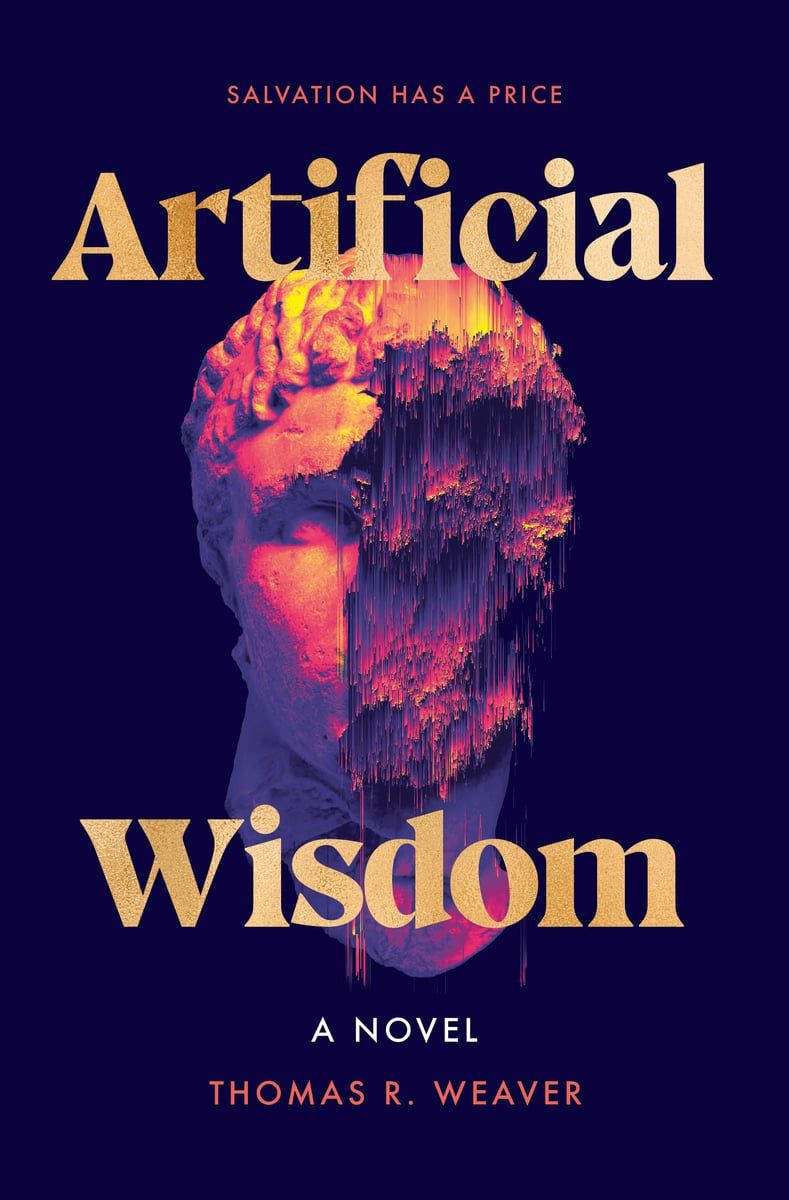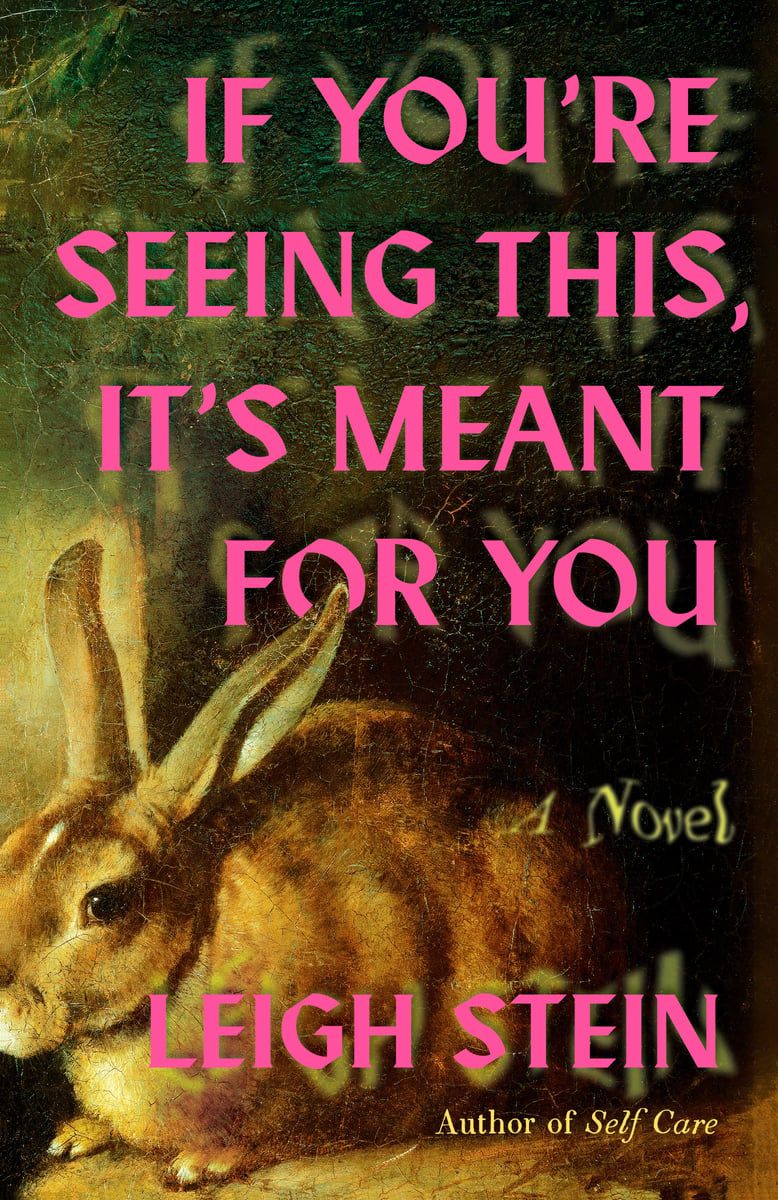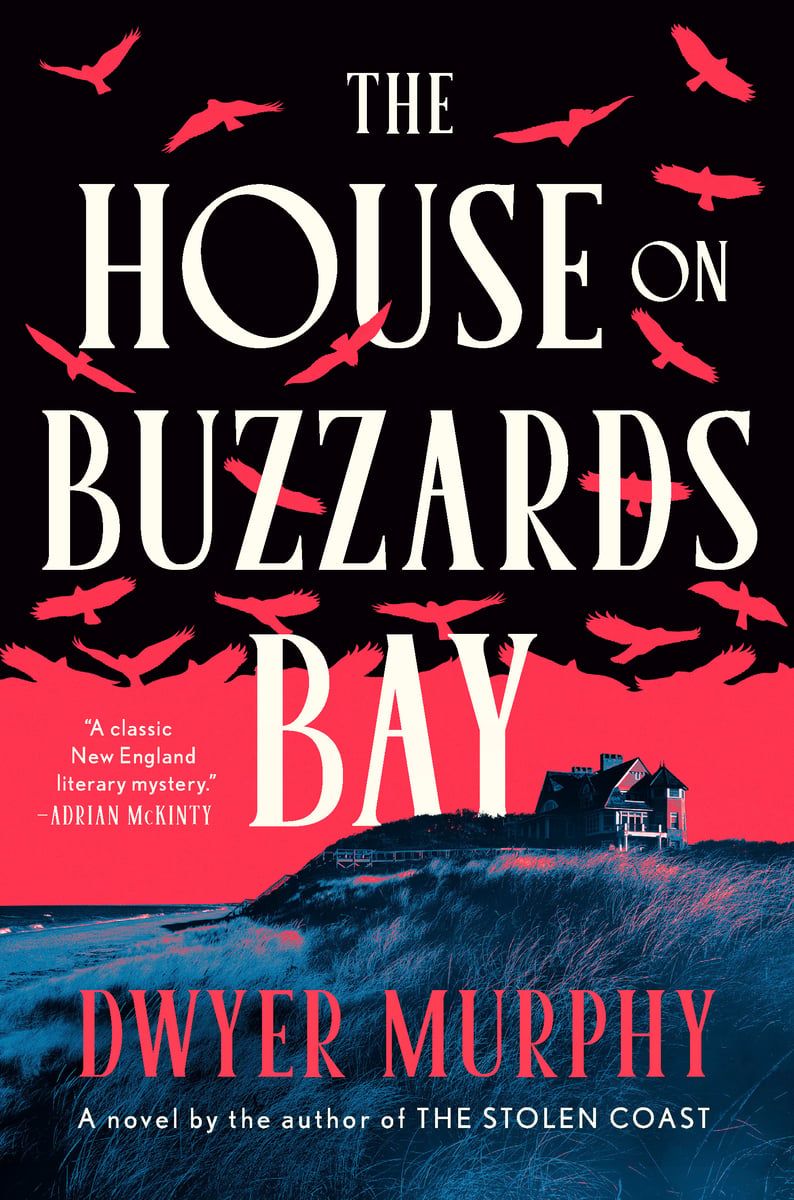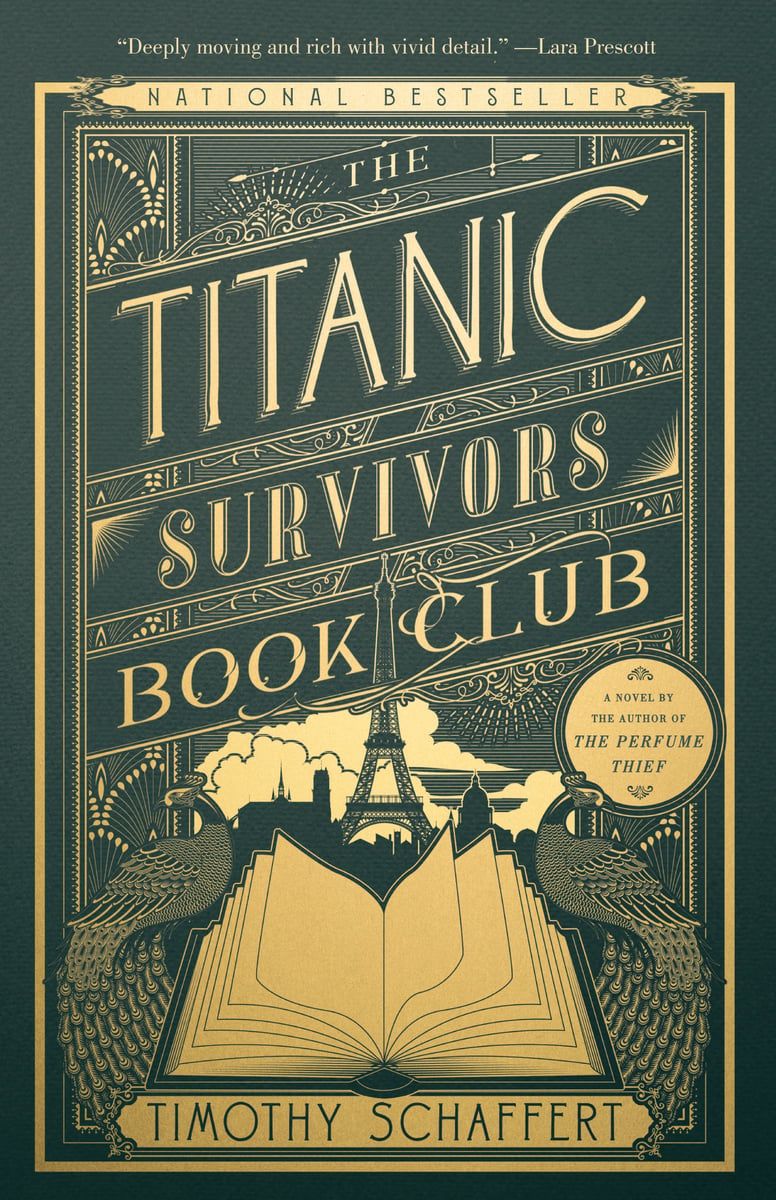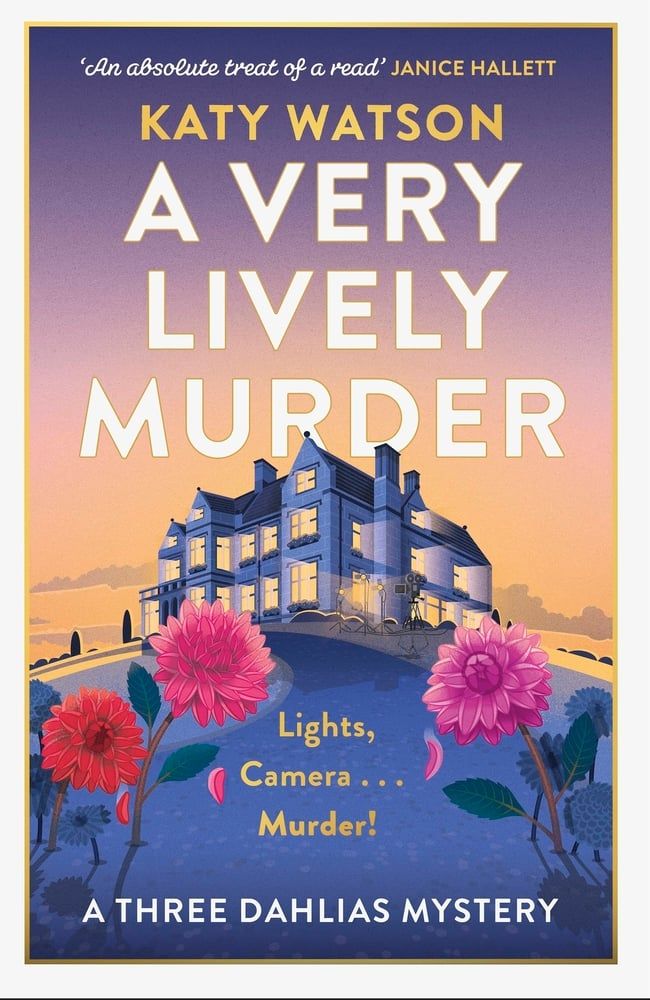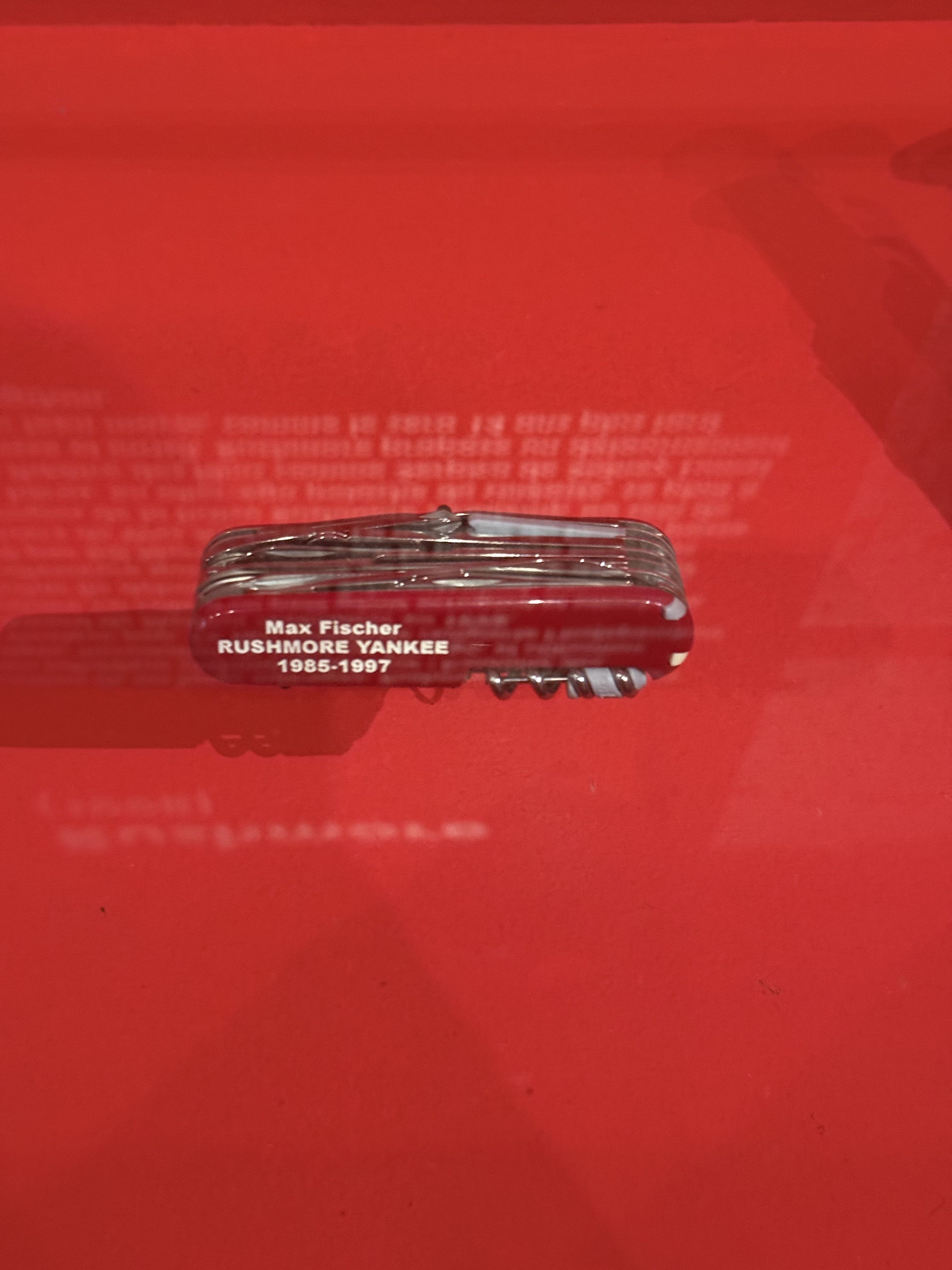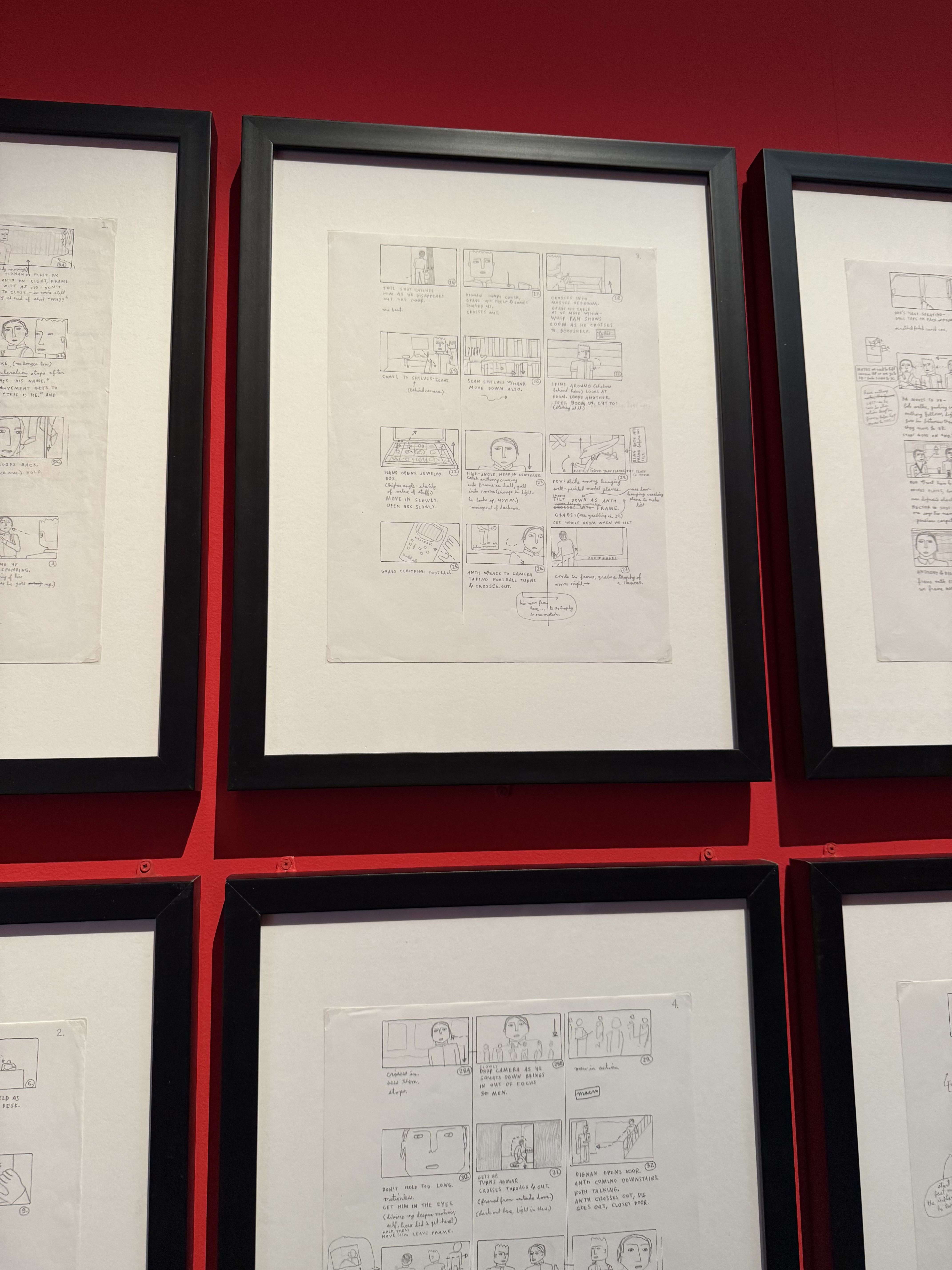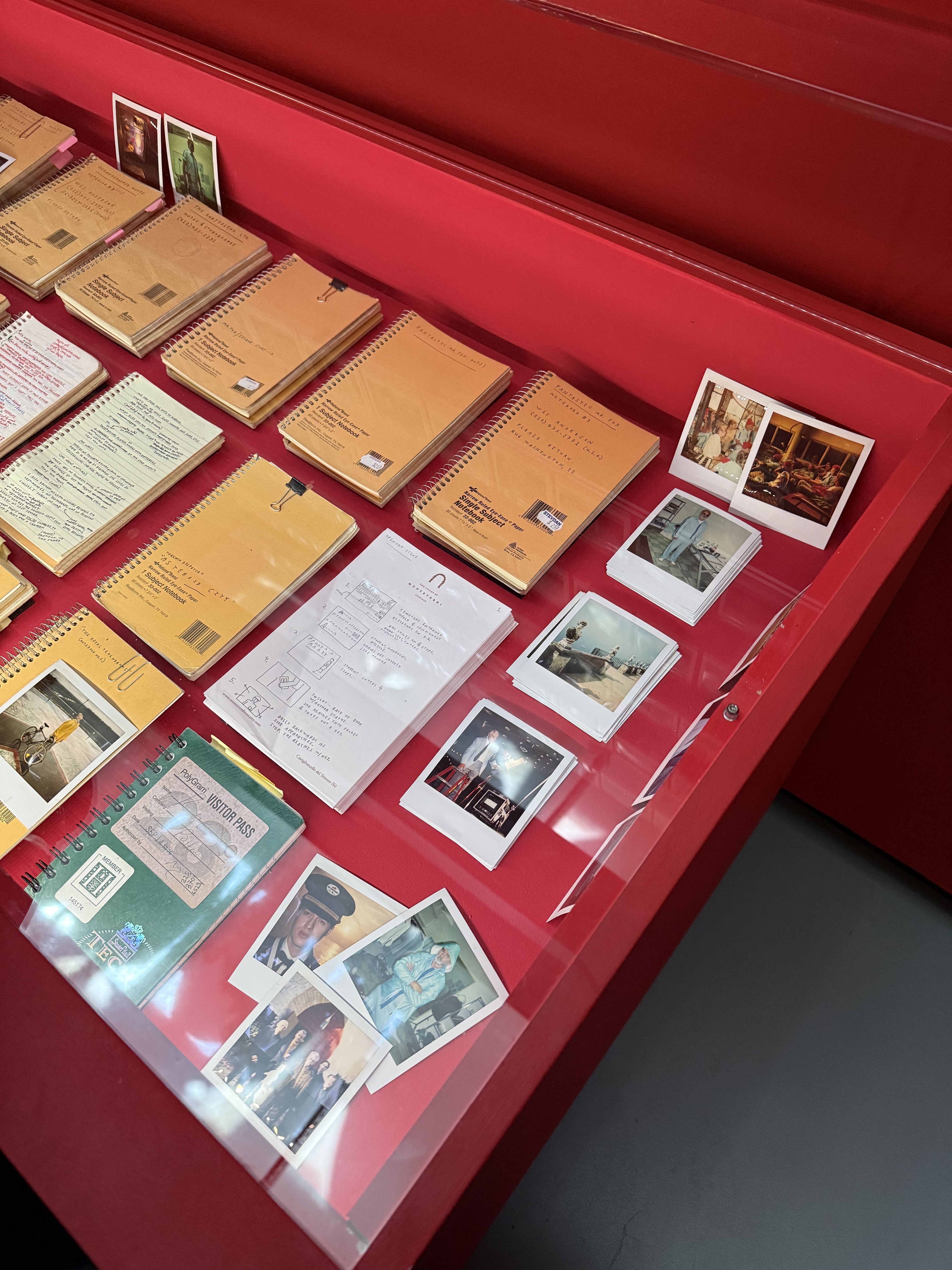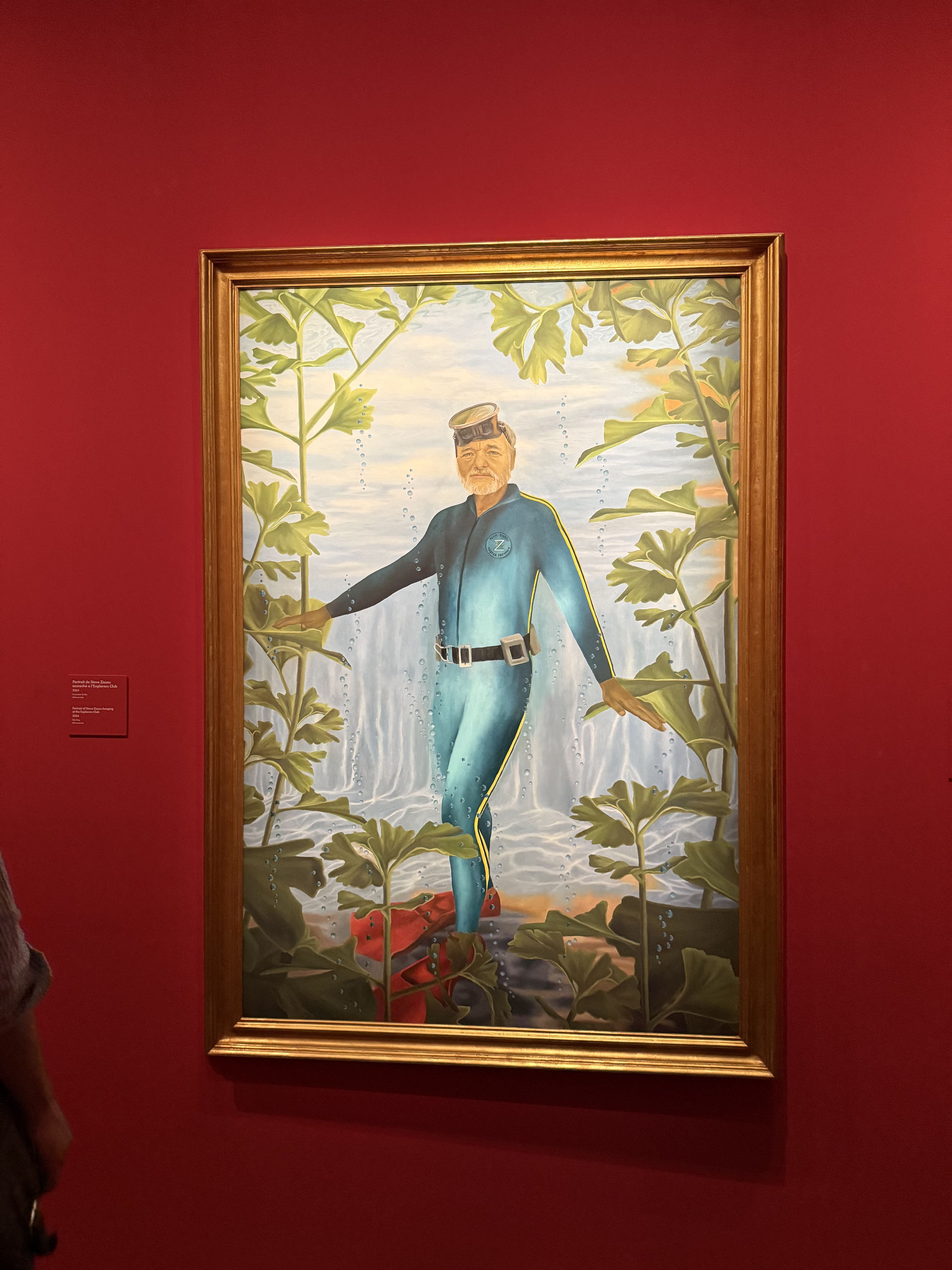Artificial Wisdom is a book that throws a lot of ideas at the reader while also trying to string together a whodunit murder mystery set in the backdrop of a world changing election that seems to have ties to the greatest climate catastrophe in the history of the world. The story is set in 2050 and follows the story of an influential journalist named Marcus Tully. It’s the tenth anniversary of something called the tabkhir which was a climate catastrophe that killed nearly 400 million people in the middle east, including Marcus's wife, who was visiting the region, and their unborn child and led to the entire region cutting itself off from the rest of the world.
Marcus receives information anonymously that implicates the US President (Lawrence Lockwood) at the time of the tabkhir of possibly using a secretive geo-engineering project to deflect the climate anomaly from the US south and instead have it inadvertently hit the Middle East. This would be a blockbuster story in it’s own right, but the urgency is increased by the fact that in a few weeks time the entire world is going to vote on a global president with massive powers to correct the planetary climate crisis, and Lockwood is the leading human candidate. His only opposition is an artilect, an advanced AI, named Solomon who currently is the manager of a floating city. In the true style of economy of characters, the creator of Solomon and one of the richest people in the world, happens to be the sister of one of Marcus’s employees.
As you can see from just that brief synopsis, there is a lot going on in this book. And I haven’t even mentioned the sense replicating VR technology, the assassination plot involving a sophisticated supply chain hack, and what really is going on in the Middle East. I do think the book strains under the number of things it’s trying to accomplish. It’s full of a lot of ideas as well plot twist and turns. I think it does do a good job of depicting a near future where the world has gotten progressively worse due to climate change, enough so that everyone is finally willing to start making the hard decisions to reverse things. Hopefully it doesn’t take another 25 years in the real world to convince people to take action, but given recent events maybe I shouldn’t hold my breath.
With the increasing push to have LLM based generative AI shoved into every nook of our lives, I think the book is an interesting thought exercise about what life could be like under a true AGI influence instead of just the facade of intelligence that we have today. I will caution though that while I didn’t see it advertised as such, this is just the first book of at least a two book series. So if you refuse to purchase book one of a series before the sequel is out, be aware that the next volume won’t be out until 2026 according Weaver’s website.

